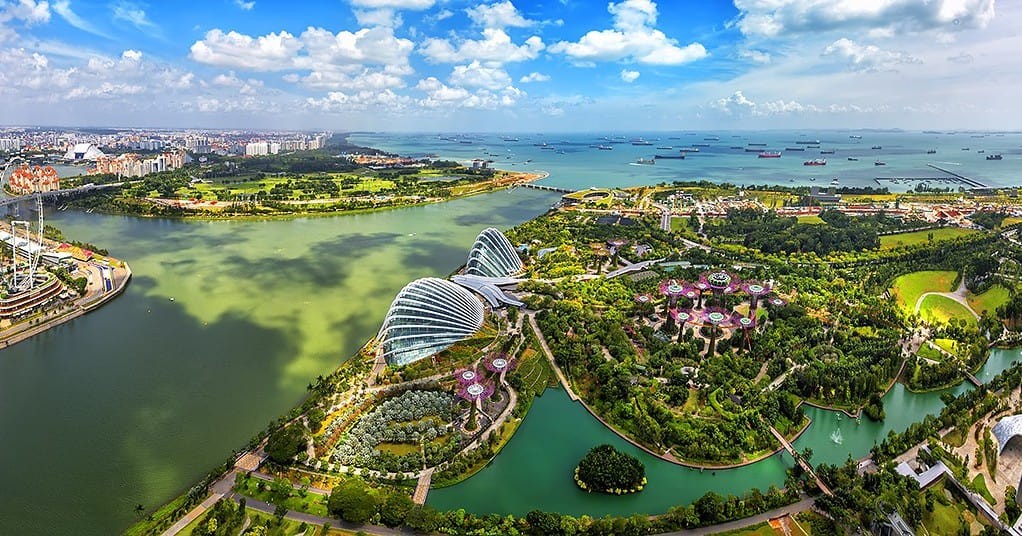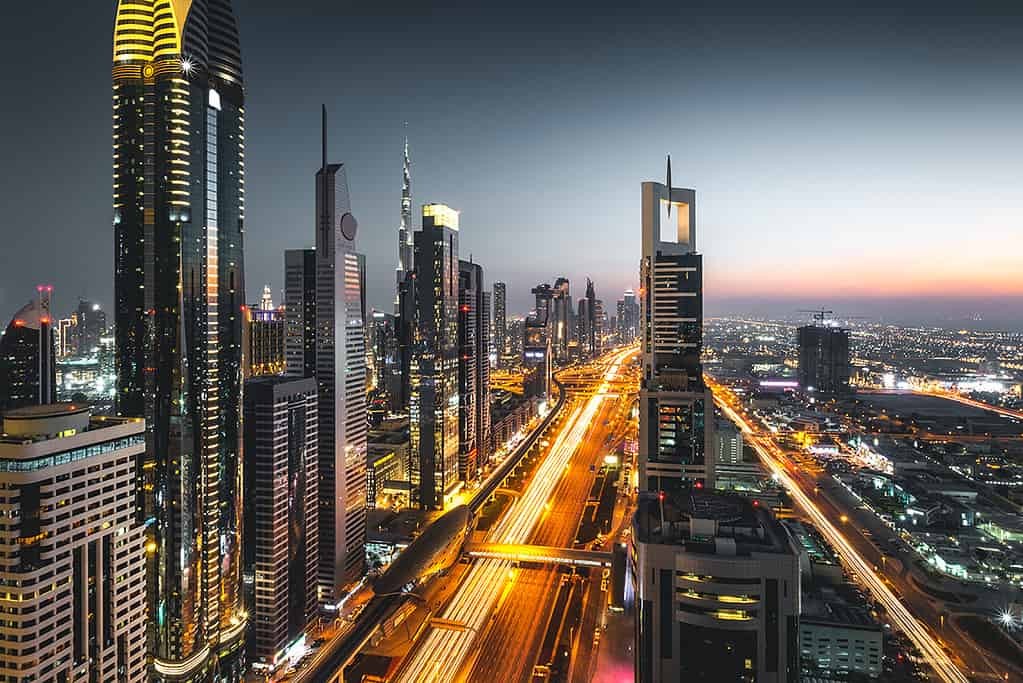Singapore consistently ranks among the world’s wealthiest nations. But how does its riches compare to other countries, especially considering its small size and lack of natural resources? This article delves into Singapore’s wealth in a global context, examining its economic performance relative to other high-income nations.
Measuring Wealth: GDP per Capita and Purchasing Power Parity
When comparing national wealth, economists often use GDP per capita, which divides a country’s total economic output by its population. However, to account for differences in living costs, purchasing power parity (PPP) offers a more accurate comparison. PPP adjusts GDP per capita based on the relative cost of goods and services in each country. Using these metrics, we can see how Singapore stacks up against its global peers.
Singapore’s Economic Success Story
Singapore’s economic success is remarkable considering its humble beginnings. Lacking natural resources and facing high illiteracy rates post-independence in 1965, Singapore transformed itself into a global economic powerhouse. Strategic government policies fostering trade, manufacturing, and finance, combined with a highly skilled workforce, propelled its economic growth.
Singapore’s Ranking Among the Richest Countries
According to the International Monetary Fund (IMF), Singapore consistently ranks within the top five richest countries globally based on GDP per capita PPP. In 2024, Singapore held the fourth position, surpassing economic giants like the United States and trailing only Luxembourg, Macao SAR, and Ireland. This consistently high ranking underscores Singapore’s economic strength and high standard of living.
Factors Contributing to Singapore’s Wealth
Several factors contribute to Singapore’s impressive wealth:
- Strategic Location: Singapore’s location at the crossroads of major shipping routes makes it a vital hub for global trade.
- Business-Friendly Environment: Low taxes, minimal corruption, and efficient bureaucracy attract foreign investment and foster entrepreneurship.
- Highly Skilled Workforce: Investment in education and training has created a highly productive and adaptable workforce.
- Innovation and Technology: Singapore is a leader in innovation and technology, driving economic growth in key sectors.
- Stable Political System: Political stability and strong institutions provide a foundation for long-term economic development.
Challenges to Singapore’s Continued Prosperity
Despite its economic success, Singapore faces challenges:
- Global Economic Slowdowns: Singapore’s export-oriented economy is vulnerable to fluctuations in global demand. Economic slowdowns in major trading partners like China can significantly impact its growth.
- Competition from Other Asian Economies: Rising regional competitors pose a challenge to Singapore’s dominance as a financial and business hub.
Conclusion
Singapore’s remarkable economic journey from a resource-scarce nation to a global wealth leader demonstrates the power of strategic planning, investment in human capital, and a commitment to innovation. While challenges remain, Singapore’s continued focus on these core strengths positions it well to maintain its position among the world’s richest countries. However, global economic shifts and regional competition will require ongoing adaptation and innovation to ensure continued prosperity.
IMF Ranking of Countries by GDP per Capita PPP (2024) – Excerpt
| Rank | Country/Territory | GDP-PPP per capita ($) |
|---|---|---|
| 1 | Luxembourg | 143,743 |
| 2 | Macao SAR | 134,141 |
| 3 | Ireland | 133,895 |
| 4 | Singapore | 133,737 |
| 5 | Qatar | 112,283 |



Source: International Monetary Fund, World Economic Outlook April 2024.